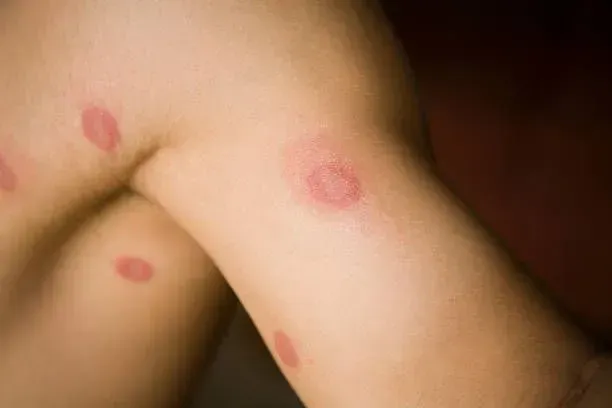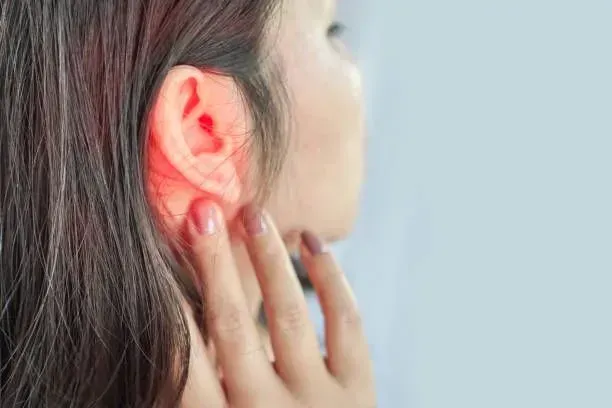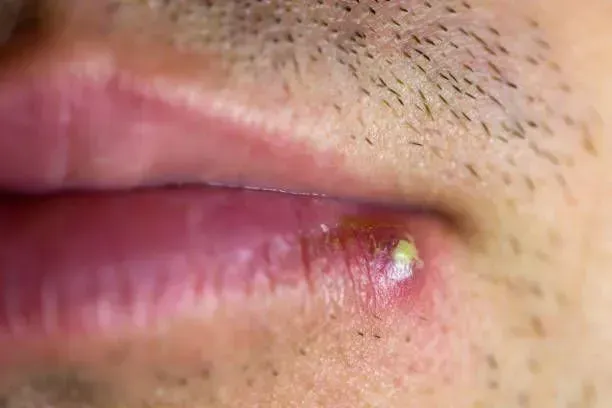Hand Foot and Mouth Disease: Symptoms, Causes, and Treatment
Hand Foot and Mouth Disease (HFMD) is a common viral infection that primarily affects young children but can also occur in adults.
Although it sounds alarming, HFMD is typically mild and resolves on its own in most cases. However, knowing the symptoms, causes, and treatments is essential to managing the condition effectively.
What Is Hand Foot and Mouth Disease?
Hand foot and mouth disease is a contagious viral infection caused by the coxsackievirus. The disease gets its name from its most recognizable symptoms: sores that appear on the hands, feet, and in the mouth. According to the World Health Organization, or WHO, HFMD is most common in children under five years old but can also affect older children and adults.
The virus spreads through direct contact with saliva, mucus, or fluid from blisters. It can also be transmitted through surfaces contaminated by an infected person. This makes HFMD highly contagious, especially in environments like daycares and schools where children are in close contact with one another.
Recognizing the Symptoms of Hand Foot and Mouth Disease
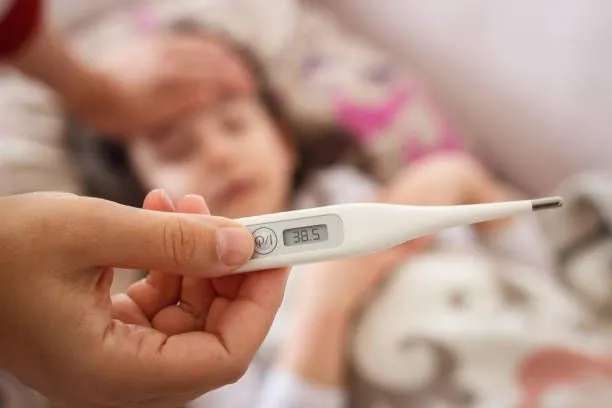
Understanding the symptoms of Hand Foot and Mouth Disease can help you identify the infection early and take appropriate action. The symptoms usually develop within three to six days after exposure to the virus, a period known as the incubation stage. HFMD symptoms can vary, but the most common ones include:
- Fever: A mild to moderate fever is often the first sign of HFMD.
- Sore throat: The infection can cause discomfort in the throat, making it painful to swallow.
- Painful mouth sores: Red spots or sores may develop inside the mouth, particularly on the tongue, gums, and inner cheeks. These sores can be quite painful, making it difficult for children to eat or drink.
- Skin rash: A red rash typically appears on the hands and feet, and sometimes on the buttocks or other parts of the body. In some cases, these spots may blister.
- Irritability or fatigue: Children with HFMD may be unusually irritable, tired, or fussy due to the discomfort caused by the sores and fever.
Hand Foot and Mouth Disease Pictures: What Does It Look Like?
If you’re wondering what Hand Foot and Mouth Disease looks like, HFMD is characterized by its telltale spots and sores. Hand Foot and Mouth Disease pictures typically show small red spots or blisters on the palms of the hands, soles of the feet, and inside the mouth. These blisters may also appear on the knees, elbows, or buttocks in some cases.
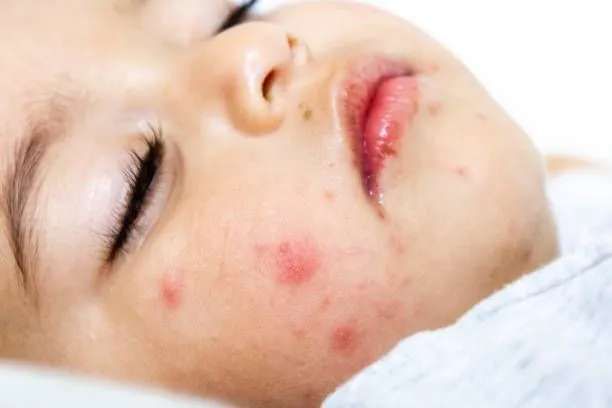
The sores in the mouth can be particularly uncomfortable, leading to drooling, refusal to eat or drink, and general discomfort. If you notice these symptoms in your child, especially after they’ve been in close contact with other children, HFMD could be the cause.
Causes of Hand Foot and Mouth Disease
As mentioned earlier, hand foot and mouth disease is caused by the coxsackievirus, specifically a strain of the enterovirus group. The virus is highly contagious and spreads through various ways, including:
- Direct contact with an infected person’s bodily fluids: This includes saliva, mucus, blister fluid, or stool.
- Touching contaminated surfaces: The virus can live on surfaces and objects that an infected person has touched, such as toys, doorknobs, or utensils.
- Close personal contact: Being in close quarters with someone who has HFMD, like at daycare or during playdates, increases the likelihood of transmission.
The best way to prevent the spread of HFMD is by practicing good hygiene. Regular hand washing, especially after using the restroom or changing diapers, can help reduce the risk of transmission. Disinfecting shared surfaces and avoiding close contact with infected individuals is also key to minimizing the spread of the virus.
Related blog: Healthy Eating Tips to Boost Your Nutrition
Can You Get Hand Foot and Mouth Disease Twice?
Yes, you can get Hand Foot and Mouth Disease twice—or even more. The reason for this is that HFMD can be caused by several different strains of the coxsackievirus. While your body will develop immunity to the strain you were initially infected with, you are still susceptible to other strains. This means that even if you or your child has had HFMD in the past, there’s a chance of getting it again if exposed to a different strain of the virus.
It’s also possible for an individual to experience a mild case of the disease the first time, only to have a more severe case later if infected by a different strain.
Treatment for Hand Foot and Mouth Disease
There is no specific cure for hand foot and mouth disease, but the good news is that it usually resolves on its own within seven to ten days. Treatment is focused on relieving symptoms and making the patient as comfortable as possible while the body fights off the virus. Here are some ways to manage HFMD at home:
1. Fever and Pain Relief
Over-the-counter medications like acetaminophen (Tylenol) or ibuprofen (Advil) can help reduce fever and relieve pain associated with mouth sores and blisters. However, aspirin should never be given to children, as it can increase the risk of a serious condition called Reye’s syndrome.
2. Hydration
It’s important to stay hydrated during HFMD, as the mouth sores can make drinking difficult. Offer your child plenty of fluids like water, milk, or cold drinks to soothe their throat. Avoid citrus, salty, or spicy foods and drinks, as they can irritate the sores further.
3. Soothing Mouth Rinses
For older children and adults, a saltwater rinse can help alleviate the pain from mouth sores. Mix a teaspoon of salt in a cup of warm water and have them rinse their mouth several times a day.
4. Topical Ointments
If the blisters on the hands or feet are particularly painful, you can apply over-the-counter creams or ointments to soothe the skin.
When to Seek Medical Attention
Again, even though in most cases, hand foot and mouth disease is mild and resolves on its own without the need for medical intervention.
However, there are some situations where you should seek medical attention:
- Persistent fever: If the fever lasts more than three days or is particularly high (above 103°F), it’s time to see a doctor.
- Dehydration: If your child is refusing to drink or showing signs of dehydration (dry mouth, reduced urination, or lethargy), medical treatment may be needed.
- Severe pain or discomfort: If the sores in the mouth or blisters on the skin are causing significant pain, consult with a healthcare provider for relief options.
Read this next: 7 Signs of Dehydration and How to Find Relief
Don’t Wait—Take Charge of Your Health and Walk-in Today
Dealing with hand foot and mouth disease can be uncomfortable, but with the right care, recovery is closer than you think.
At
UrgiClinic Urgent Care, there’s no need to worry about
booking an appointment. Simply walk in whenever it’s convenient for you, and our team of healthcare professionals will provide fast, comprehensive care tailored to your needs. With shorter wait times and a focus on personalized service, we’re here to help you get back to full health as quickly as possible.


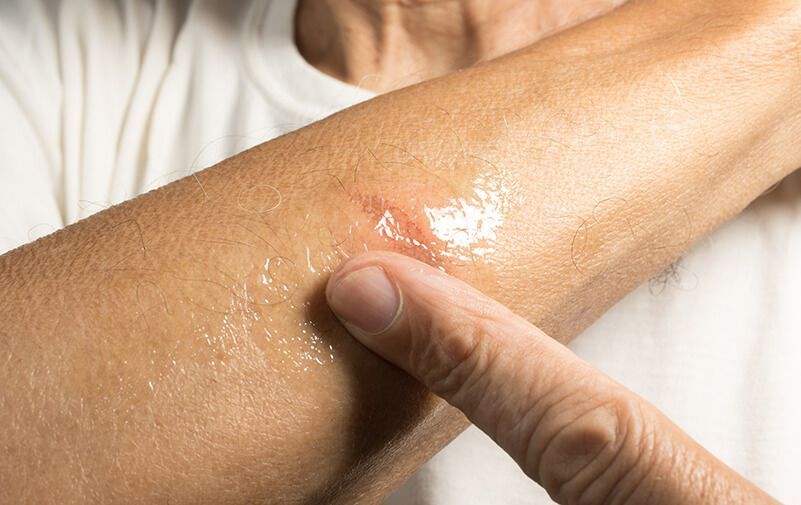



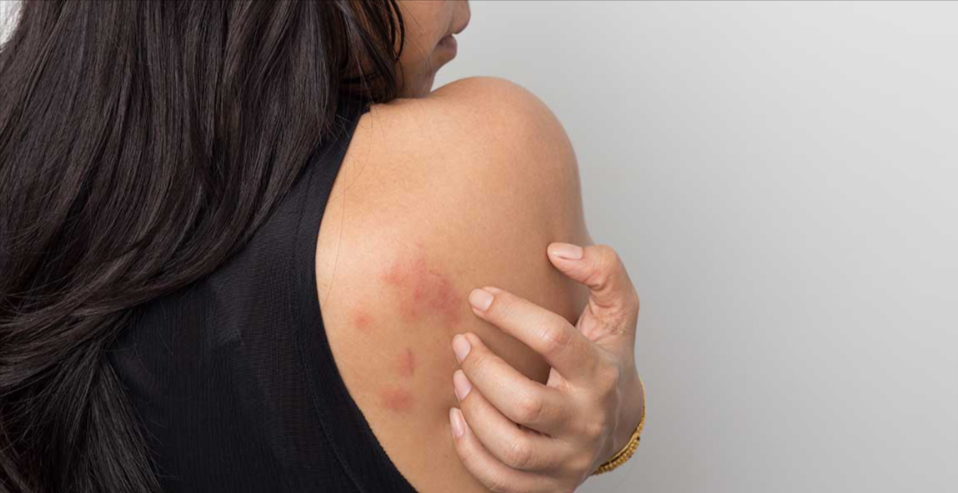
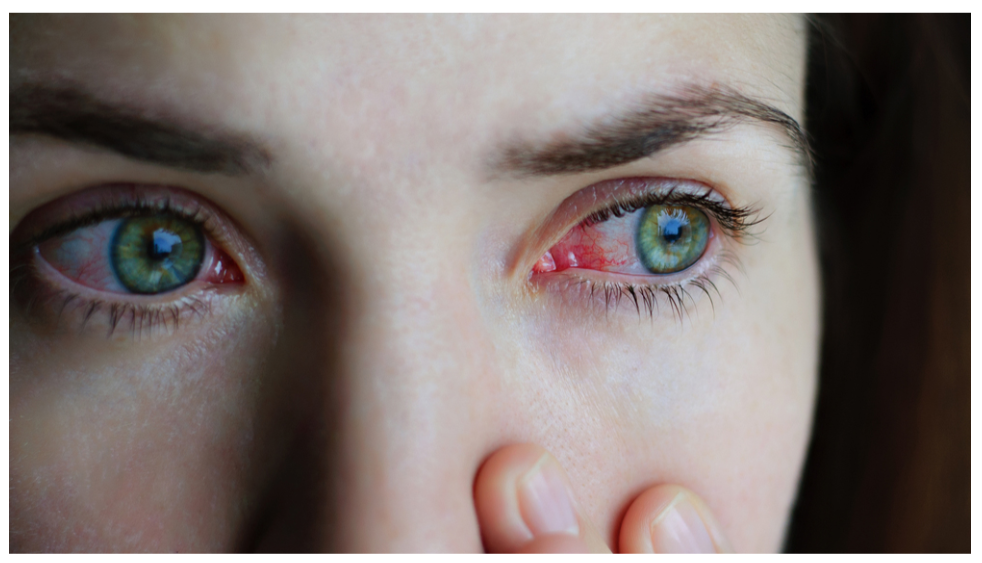
If you believe you have a medical urgent situation, please call 911
Hours: Open 7 Days a Week, from 9 AM to 9 PM
LEGAL LINKS
Quick Links
Contact Us
Phone: (708) 788-5088
Fax: (708) 575-7177
Email: care@urgiclinic.com
Address: 7124 W 83rd St Unit C, Bridgeview, IL 60455
All Rights Reserved | UrgiClinic Urgent Care

